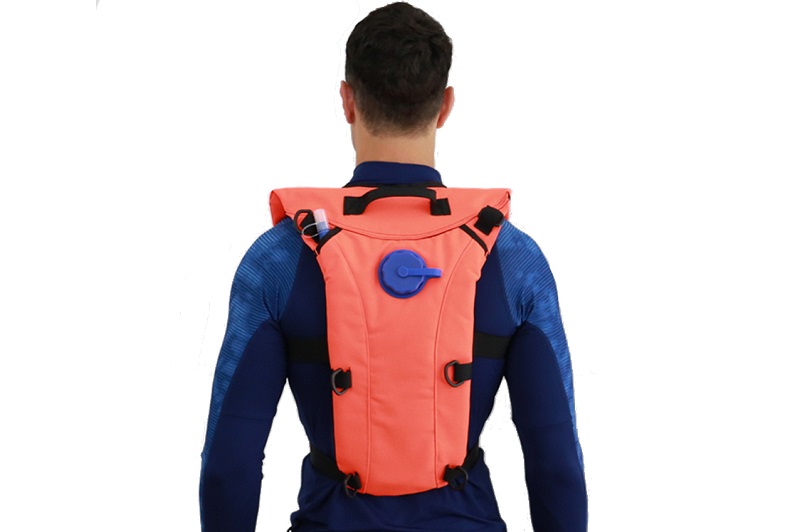EMAIL US
CALL US
The offshore survival suit is a new type of life-saving appliance, it is a protective suit that can reduce the body heat loss of if someone fall into the water. The survival suit made of natural thermal insulation materials can provide sufficient thermal protection, so that the wearer's body temperature will not drop by more than 2°C after 6 hours stay in calm current water with a water temperature of 0 to 2°C. Survival suits made of unnatural thermal insulation materials should be worn together with warm clothing. It can also provide considerable thermal protection, so that the wearer's body temperature will not drop by more than 1°C after 1 hour stay in calm current water with a water temperature of 5°C. The offshore survival equipment can also protect the hands of the wearer, they can still pick up a pencil and write after soaking in water at 5°C for 1 hour.

There are generally two types of offshore survival suit fabrics: one is special nylon material, which is relatively cheap and widely used, but not durable; the other is NEOPRENE (diving material), and the price of this fabric is more higher, and it feels soft and comfortable, and it is friction resistant. Only higher-end safety life vest will use this fabric.
There are two commonly used accessories for offshore survival suits. One is a survival whistle, which is basically equipped with survival suits nowadays. The other is a reflector. If the operation is at the sea, when the visibility is poor, we strongly recommend the standard configuration. If it is for general leisure and entertainment, the two accessories are not required. Survival suit for fishing also has many additional functions, such as pockets, pliers bags, strand bags, and so on. But there are some essential survival suits, no matter how the style changes, these are indispensable: the life-saving pockets and safety belts (the belt that comes from under the back of the survival suit and goes through the crotch and is connected to the front piece).
The buoyancy of the offshore survival suit should reach the specified standard (continuously immersed in sea water for 24 hours, and the buoyancy shall not be less than 0.75 kg. The buoyancy of the front and back pieces of the survival suit must have the correct ratio. (Generally, the buoyancy of the front piece must be greater than that of the back piece. If the buoyancy of the survival suit is 1, the buoyancy of the front piece should be greater than 0.58.) There are two general linings for survival suit (that is, materials for buoyancy): one is polyethylene foam, which is relatively inexpensive and has sufficient buoyancy. As the water rescue products, it has a wide range of applications, but the buoyancy that it bears will change by about 5% with the immersion time in the water. The other is the use of ultra-light and super-buoyant EPE pearl cotton, and the price of this lining is significantly higher than that of foam plastic. But its advantages are obvious. The buoyancy is strong, this kind of survival suit is convenient to fold, and is easy to dry, and more importantly, if the survival suit is soaked in the water for a long time, there is far fewer reduction in the buoyancy.
Two methods are commonly used to reinforce survival suits. The first type is rope. This kind of survival suit is generally a cheap survival suit. It was used more in the early survival suit design. The second type is zipper + button, and this kind of survival suit is now the most widely used one in the offshore rescue.
In order to easily find the person who fell into the water in the sea, the color of the fabric of the offshore survival suit is generally brighter, and the two shoulders of the survival suit are equipped with reflectors.